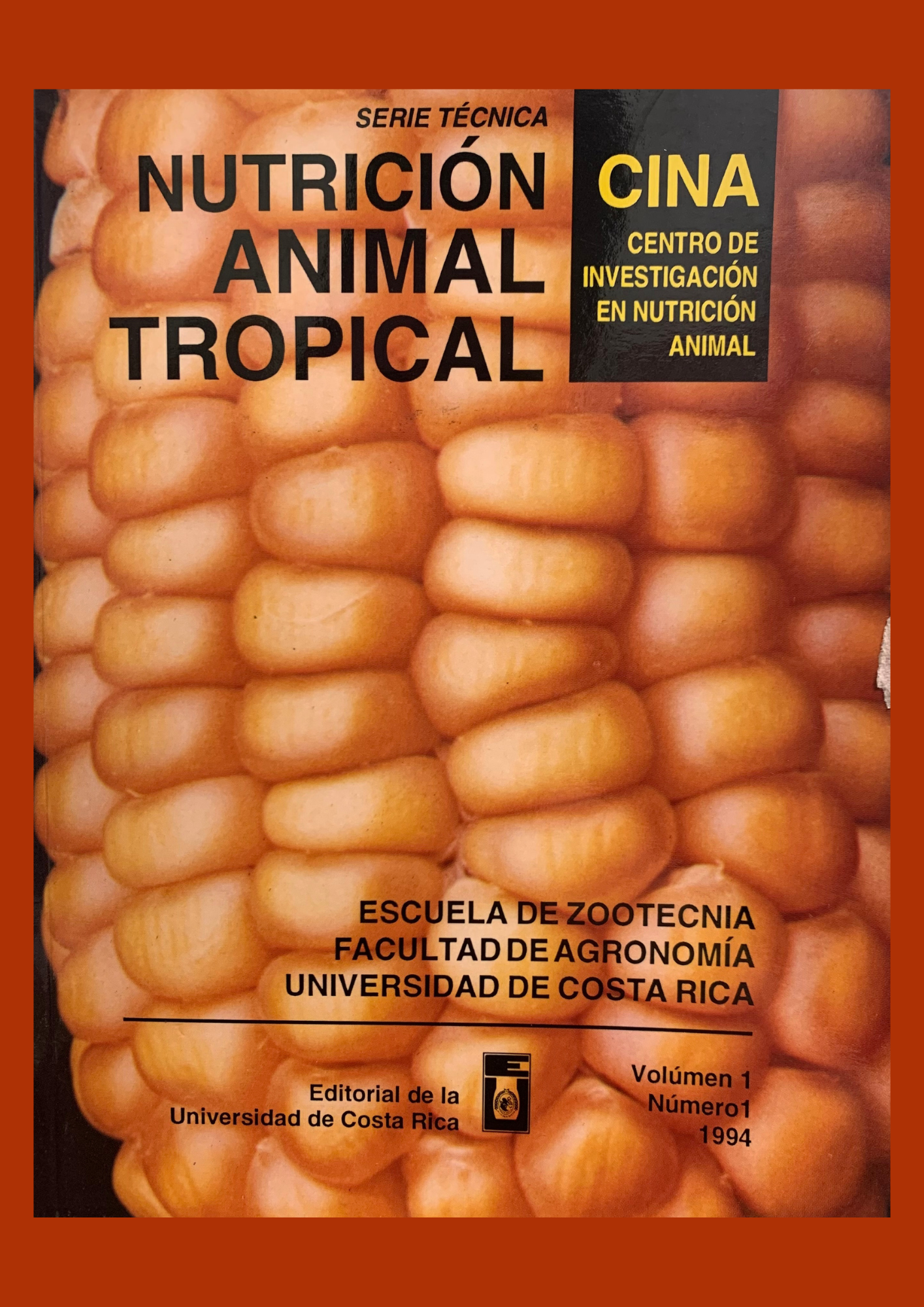Resumen
Studies on the use of palm fats and mixtures of fats and oils in poultry nutrition. The main f actors that affect the digestibility and metabolizable energy content of fats for poultry are their contents of saturated fatty acids and the unsaturated to saturated ratio (U FA: SFA), the carbon chain length of the SFA, the level of free fatty acids (FFA), and the age of the birds. Also, it is important to consider quality aspects of the fat being fed, such as the level of moisture, impurities and insaponifiable matter and toxic products developed in fats excesively heated, such as polymers resent in restaurant greases of poor quality. The results of the present studies show that up to 45% FFA in a crude palm oil - palm destilled fatty acids blend are permisable without detrimental effect on broiler performance when that blend was included at a 6% rate in starler diets. Besides, better results are obtained when a fat of high FFA content and /or low IJFA: SFA is fed after the first week of age and not in day-old broilers. The use of fats of high FFA content is feasible but a previous determination of its ME content is necessary before formulation of the feed. Due to the difficulties involved in the determination of ME by conventional methods, an alternative procedure is to calculate such values through the use of prediction equations. These equations use FFA and UFA:SFA levels in the fat and are developed for young and older broilers.

